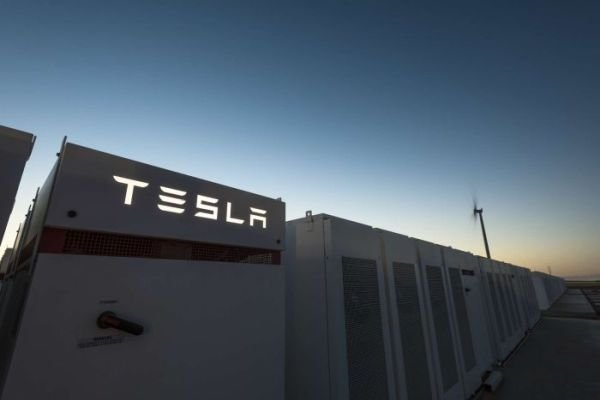Tesla chief executive Elon Musk is on track to deliver on a promise by building the world’s biggest lithium-ion battery in the Australian Outback within 100 days. He promised to build the 100-megawatt battery within 100 days of the contracts being signed at the end of September or hand it over to the South Australia state government for free.
Tesla is in the process of testing the battery right now and expect it to be ready on Dec. 1, the first day of the Australian summer when power use on air conditioning soars.
Tesla had finished installing the battery power packs near Jamestown, about 120 miles north of the state capital Adelaide. The world’s largest lithium-ion battery will be an important part of S.A. energy mix, and it sends the clearest message that South Australia will be a leader in renewable energy with battery storage.
Tesla partnered with French renewable energy company Neoen to build the battery, which is more than three times larger than the previous record-holder at Mira Loma, California.
South Australia, which relies heavily on solar and wind-generated energy, has been scrambling to find a way to bolster its fragile power grid since the entire state suffered a blackout during a storm last year.
The battery farm is part of a $420 million plan announced in March to make the state independent of the nation’s power grid. The cost of the battery has not been made public. The battery will store energy from Neoen’s Hornsdale Wind Farm near Jamestown. It will deliver energy during peak usage hours to help maintain the state’s supply, and could power 30,000 homes.
The battery is privately owned by Neoen in partnership with Tesla. In normal circumstances, the battery will be charged with power from the nearby Hornsdale windfarm when power is plentiful and cheap.
The operators will then have the right to sell some of it back into the grid when the supply-demand balance is tighter and prices are higher.
The SA Government will be able to use a portion of the battery’s output to provide stability services to the grid however it will have the right to tap the battery’s entire output if the state is running low on power and load shedding is imminent.






